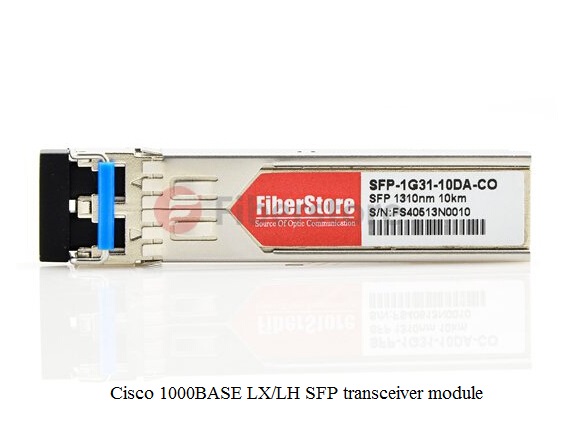With an explosive growth in the amount of information transmission, the optical telecommunication networks develop rapidly. The progress of single wavelength point-to-point transmission lines to wavelength division multiplexed optical networks has introduced a demand for wavelength selective optical add-drop multiplexer (OADM) to separate or route different wavelength channels. This paper will have an overview of the OADM.
OADM Technology
The introduction of optical add drop multiplexers into optical networks allows traffic to be inserted, removed and, most importantly, bypassed. Moreover, OADM can support functions such as protection, drop/continue, loop-back and wavelength reuse of the optical channels. Drop and continue refer that the channel is removed at the node but allowed to pass through to the next OADM. Wavelength reuse means the dropped channel does not pass through to the next OADM, instead, a new channel of the same wavelength can be added. Below figure explains OADMs work in a CWDM system.
Passive and Dynamic OADM
OADM can be used in the dynamic as well as static mode. The add and drop wavelengths are fixed in the passive OADM, while in dynamic mode, the OADM can be set to any wavelength after installation. Passive OADM is mainly used in networks with WDM systems (CWDM and DWDM) or hubbed structures, where the OADM is connected to a central hub, e.g. in the metropolitan network. In order to utilize resources in a more efficient way, the OADM with dynamic wavelength assignment are preferred when traffic variations are comparable to network capacity. It can select any wavelength by provisioning on demand without changing its physical configuration.
Advantages
OADM has many advantages. The most striking one is that its multiplexing happens to coincide with the minimum loss area of single mode fiber. This reduces the transmission loss of the light signal which can be transmitted relatively far distance. Additionally, it is transparent to digital signal format and data rate. Its gain saturation recovery time is long, and has a very small crosstalk between the respective channels. What’s more, multiple channels of information carried over the same fiber with each using an individual wavelength. Narrow channel spacing or wavelength selection give rise to denser channels in the same wavelength range. Last but not the least, repeater or amplification sites are reduced, which results in large savings of funding.
Applications
OADM supports standard network topologies such as point-to-point and ring. It can be used at different points along the optical link to insert/remove or route selected channels increasing the network flexibility. This feature is particularly important in metropolitan WDM lightwave services where offices or sites can be connected by different add-drop channels, for instance in an interoffice ring. In WDM systems, OADM is installed in a multi-wavelength fiber span, and allows a specific wavelength on the fiber to be demultiplexed (dropped) and remultiplexed (added) while enabling all other wavelengths to pass. Then it can provide flexibility and scalability to optical networks as it allows users to optimize the use of existing fiber by adding or dropping channels on a per-site basis, thereby maximizing fiber bandwidth.
In conclusion, optical add-drop multiplexer can contribute to improve and optimize the network performance. Fiberstore, a professional supplier in the optical industry, has lots of CWDM OADM and DWDM OADM. Besides these, the WDM fiber optic multiplexer, CWDM Mux/Demux and DWDM Mux are also available. Welcome to visit www.fiberstore.com for more information.
Originally published: www.fiber-optic-components.com/optical-add-drop-multiplexer-overview.html
